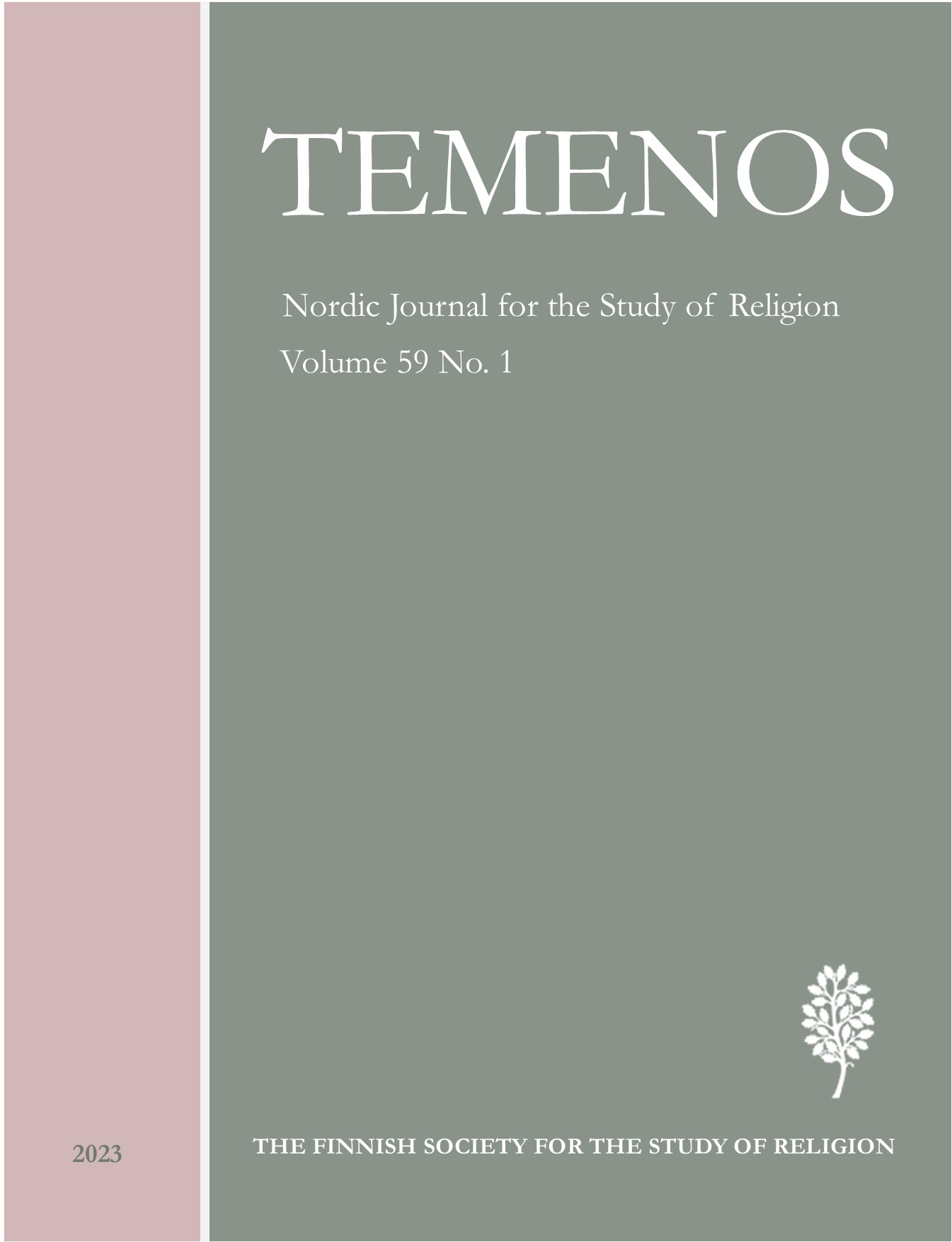Imagine There is no Death…
Soviet Funeral Reforming en Marche
DOI:
https://doi.org/10.33356/temenos.127280Keywords:
Russia, Soviet Union, atheism, cremation, funeral cultureAbstract
The idea of human mortality and the funerary practices that derive from it seems to be one of the most enduring aspects of culture. What if we stated that death means nothing but pure organic decomposing, leaving nothing behind but the chemical constituents? What if such an approach became the basis of an active reformatory policy of a state? Soviet practices of death and attitudes toward dead bodies can be mentioned among the most significant changes that have taken place in Russian society over the past 150 years. While Soviet leaders have been given lavish state funerals, the death of an ‘average’ person has become less and less visible. Although the state made considerable efforts to reform the funeral sphere, this did not lead to the development and enhancement of brand-new funeral rituals. Rather this policy gradually diminished the social value of funerals and facilitated a transition to DIY funerals. Following Robert Hertz and Arnold van Gennep, I consider funerary practices as a social phenomenon and a social mechanism that allows society and its members to adapt to mortality, experience loss, and restore their integrity. In my talk, I will show how a new understanding of human nature and human mortality transformed the social fabric of Soviet society. Will the lecture be based on my recently published book ‘A New Death for a New Man? Funeral Culture of Early USSR’.
Downloads
Published
How to Cite
Issue
Section
License
Copyright (c) 2023 Anna Sokolova

This work is licensed under a Creative Commons Attribution 4.0 International License.
Author's Guarantee
- The Author acknowledges that the Work will be publicly accessible on the Internet and that such access will be free of charge for the readers.
- The Author guarantees that the Work is her/his original work that has not been published before and cannot be construed as copying or plagiarism. Furthermore, the Author confirms that the Work contains no statement that is unlawful, defamatory or abusive or in any way infringes the rights of others.
- The Author confirms that she/he has secured all written permissions needed for the reproduction in the Publication of any material created by a third party.
User Rights
Under the CC BY 4.0 license, the Author/s and users are free to:
- Share — copy and redistribute the material in any medium or format,
- Adapt — remix, transform, and build upon the material for any purpose, even commercially,
- However, the Work must be attributed to the original Author and source of publication.
The license of the published metadata is Creative Commons CCO 1.0 Universal (CC0 1.0)
Author Rights
The Authors maintain the right to:
- copyright, and other proprietary rights relating to the Work,
- the right to use the substance of the Work in future own works,
- the right to self-archiving/parallel publishing (publisher's PDF allowed).
Rights of Publisher
- The Publisher reserves the right to make such editorial changes as may be necessary to make the Work suitable for publication in the publication, e.g. style of punctuation, spelling, headings and the like.
- The Publisher will publish the Work if the editorial process is successfully completed and reserves the right not to proceed with publication for whatever reason.
- The publication entitles the author to no royalties or other fees. This agreement will be governed by the laws of Finland.






